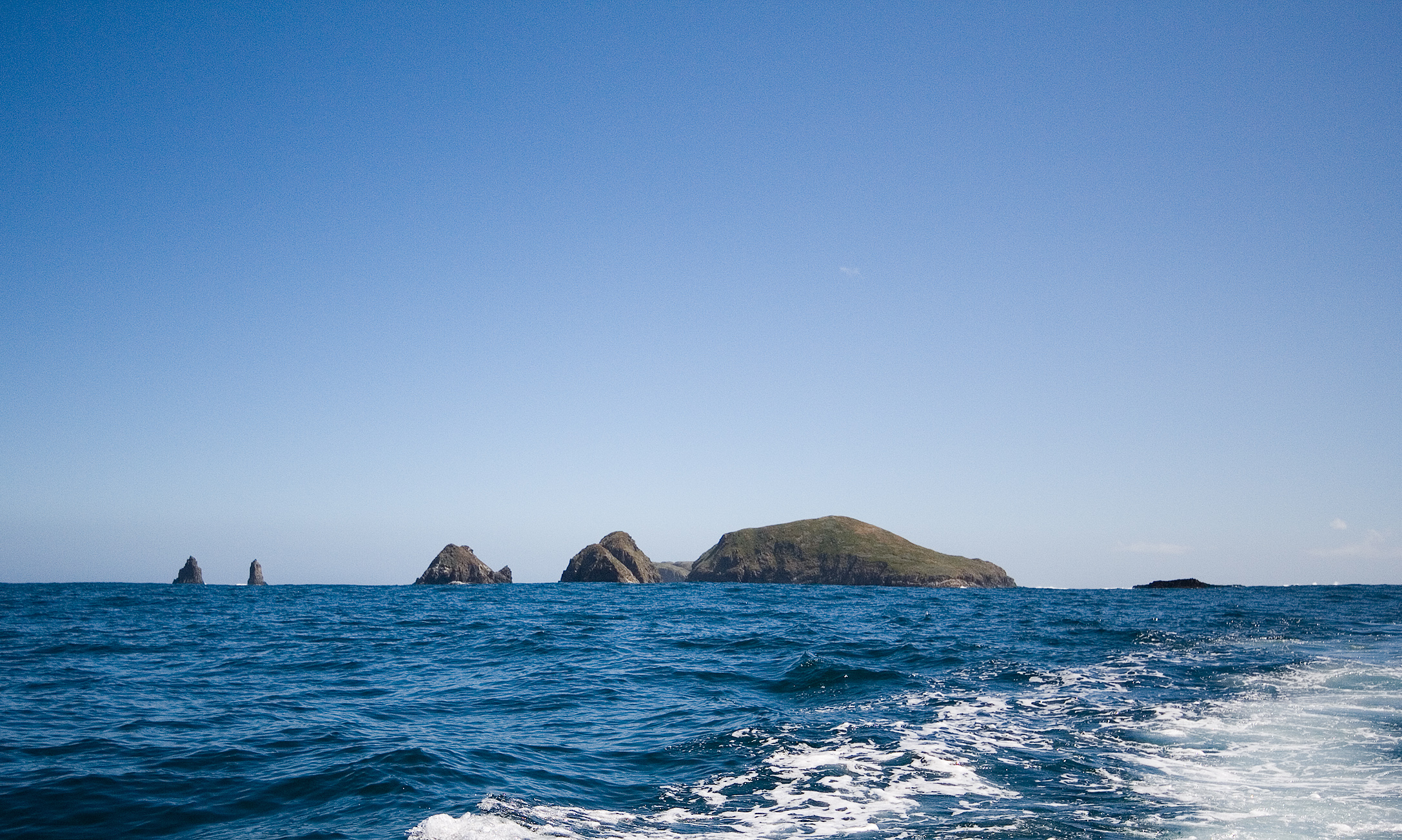The Friars (Tasmania) on:
[Wikipedia]
[Google]
[Amazon]

 The Friars are four steep
The Friars are four steep

 The Friars are four steep
The Friars are four steep dolerite
Diabase (), also called dolerite () or microgabbro,
is a mafic, holocrystalline, subvolcanic rock equivalent to volcanic basalt or plutonic gabbro. Diabase dikes and sills are typically shallow intrusive bodies and often exhibit fine-grain ...
rocks, with a combined area of about , in south-eastern Australia
Australia, officially the Commonwealth of Australia, is a country comprising mainland Australia, the mainland of the Australia (continent), Australian continent, the island of Tasmania and list of islands of Australia, numerous smaller isl ...
. They are part of the Actaeon Island Group, lying close to the south-eastern coast of Tasmania
Tasmania (; palawa kani: ''Lutruwita'') is an island States and territories of Australia, state of Australia. It is located to the south of the Mainland Australia, Australian mainland, and is separated from it by the Bass Strait. The sta ...
, at the southern entrance to the D'Entrecasteaux Channel
The D'Entrecasteaux Channel is a body of water located between Bruny Island and the south-east of the mainland of Tasmania, Australia. The channel is the mouth for the estuaries of the Derwent and the Huon Rivers and empties into the Tasman ...
between Bruny Island
Bruny Island is a coastal island of Tasmania, Australia, located at the mouths of the Derwent River and Huon River estuaries on Storm Bay on the Tasman Sea, south of Hobart. The island is separated from the mainland by the D'Entrecasteaux C ...
and the mainland. They form part of South Bruny National Park
The South Bruny National Park is a national park located on Bruny Island, Tasmania, Australia, about south of Hobart. The park contains the Cape Bruny Lighthouse. The highest point of the park is Mount Bruny at .
History
The park also embrace ...
.Brothers, Nigel; Pemberton, David; Pryor, Helen; & Halley, Vanessa. (2001). ''Tasmania’s Offshore Islands: seabirds and other natural features''. Tasmanian Museum and Art Gallery: Hobart.
The group was named The Fryars by Tobias Furneaux
Captain Tobias Furneaux (21 August 173518 September 1781) was a British navigator and Royal Navy officer, who accompanied James Cook on his second voyage of exploration. He was one of the first men to circumnavigate the world in both direction ...
in in March 1773.
, Chapter VII, entry for March 1773
Fauna
Recorded breedingseabird
Seabirds (also known as marine birds) are birds that are adaptation, adapted to life within the marine ecosystem, marine environment. While seabirds vary greatly in lifestyle, behaviour and physiology, they often exhibit striking convergent ...
species are the little penguin
The little penguin (''Eudyptula minor'') is the smallest species of penguin. It originates from New Zealand. It is commonly known as the fairy penguin, little blue penguin, or blue penguin, owing to its slate-blue plumage and is also known by ...
, short-tailed shearwater
The short-tailed shearwater or slender-billed shearwater (''Ardenna tenuirostris''; formerly ''Puffinus tenuirostris''), also called yolla or moonbird, and commonly known as the muttonbird in Australia, is the most abundant seabird species in A ...
, fairy prion
The fairy prion (''Pachyptila turtur'') is a small seabird with the standard prion plumage of blue-grey upperparts with a prominent dark "M" marking and white underneath. The sexes are alike. It is a small prion which frequents the low subantarct ...
and common diving-petrel
The common diving petrel (''Pelecanoides urinatrix''), also known as the smaller diving petrel or simply the diving petrel, is a diving petrel, one of four very similar auk-like small petrels of the southern oceans. It is native to South Atlanti ...
. The metallic skink
:''"Metallic skink" may also refer to the garden skink (Lampropholis delicata)''.
''Carinascincus metallicus'', the metallic cool-skink or metallic skink is a species of skink in the family Scincidae. It is endemic to Australia, found in southe ...
is present. Australian fur seal
The brown fur seal (''Arctocephalus pusillus''), also known as the Cape fur seal, and Afro-Australian fur seal, is a species of fur seal.
Description
The brown fur seal is the largest and most robust member of the fur seals. It has a large an ...
s, and possibly New Zealand fur seal
''Arctocephalus forsteri'' (common names include the Australasian fur seal, South Australian fur seal, New Zealand fur seal, Antipodean fur seal, or long-nosed fur seal) is a species of fur seal found mainly around southern Australia and New Z ...
s, use the rocks as a regular haul-out
Hauling out is a behaviour associated with pinnipeds (true seals, sea lions, fur seals and walruses) temporarily leaving the water. Hauling-out typically occurs between periods of foraging activity. Rather than remain in the water, pinnipeds ha ...
site.
References
Islands of South East Tasmania South Bruny National Park {{Tasmania-geo-stub